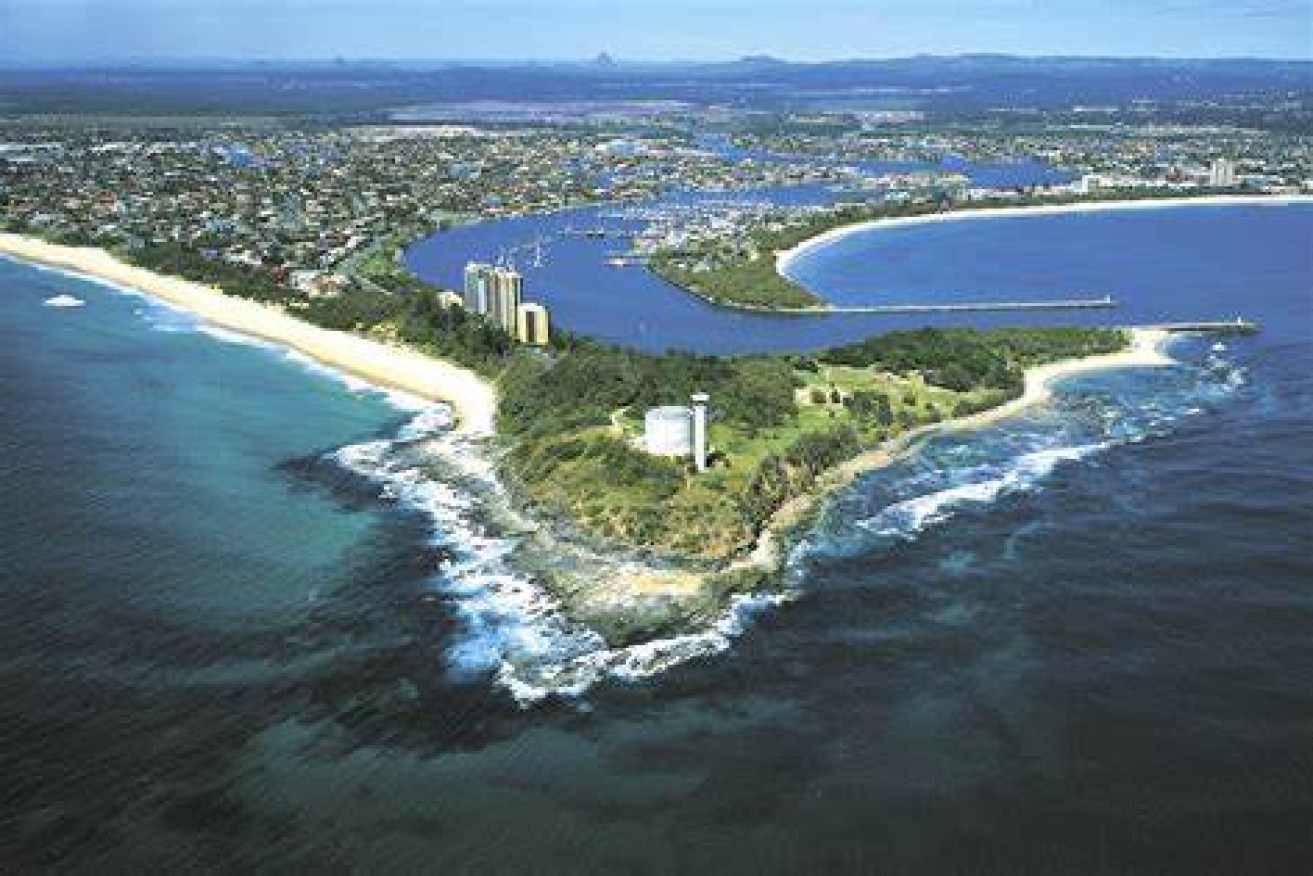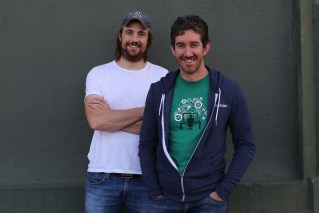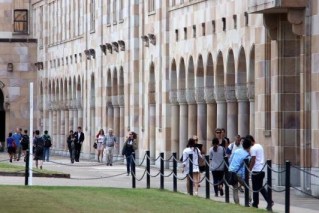CBA says Reserve ‘should slow rate hikes’ as house prices start to slide
Wage growth continues to be weak and well behind inflation which meant the Reserve Bank could slow the pace of interest rate hikes at its September board meeting, according to the Commonwealth Bank.


A Sunshine Coast campaign has won two awards and gone viral
The Australian Bureau of Statistics data showed wage growth for the June 30 year was 2.6 per cent compared with inflation which was sitting at 6.1 per cent.
The increase over the year was the highest since 2014, but Westpac said that back then wages were underperforming other economic indicators. In Queensland the growth was equal highest for the 12 months at 2.9 per cent.
“There is no wage spiral in Australia and wages growth still remains modest,” CBA head of Australian economics Gareth Aird said.
“There is a strong case to slow the pace of RBA rate hikes and this could happen at the September board meeting.”
The increase in the minimum wages has yet to be included in the data because most people were not expected to receive the increase until after the June 30 year.
The comments follow a report from the ANZ which tipped a fall in house prices in Brisbane of about 12 per cent over 2023 and the average over the capital cities to be a fall of 18 per cent.
CoreLogic also revealed today that the tourism towns in NSW and Queensland which saw some of the major house price increases were now showing falls.
Its regional market update it found that regional dwelling values had slowed from a peak of 6.4 per cent in December to -0.2 per cent over the three months to July.
“The popular south east Queensland regional lifestyle markets of the Sunshine and Gold coasts also saw house values decline over the past three months, down -2.5 per cent and -1.2 per cent, respectively.
However, both of these markets had much higher growth during last year’s boom and at one point the Sunshine Coast was registering price growth of 30 per cent.
“Typically, markets with a higher median value tend to lead the broader market when shifting through different cycles,” Core Logic economist Kaytlin Ezzy said.
“After recording some of the strongest value growth throughout the Covid period each of these areas now have a median house value in excess of $1 million.
Across Australia’s regional unit market, the Gold Coast recorded an increase in value of 23 per cent in the year to July while Townsville fell 4.7 per cent and was the only region to record a decline.












